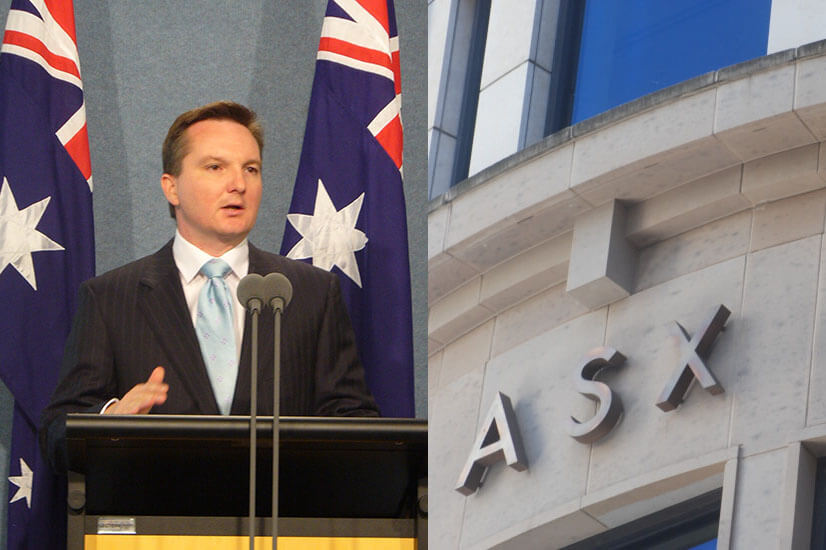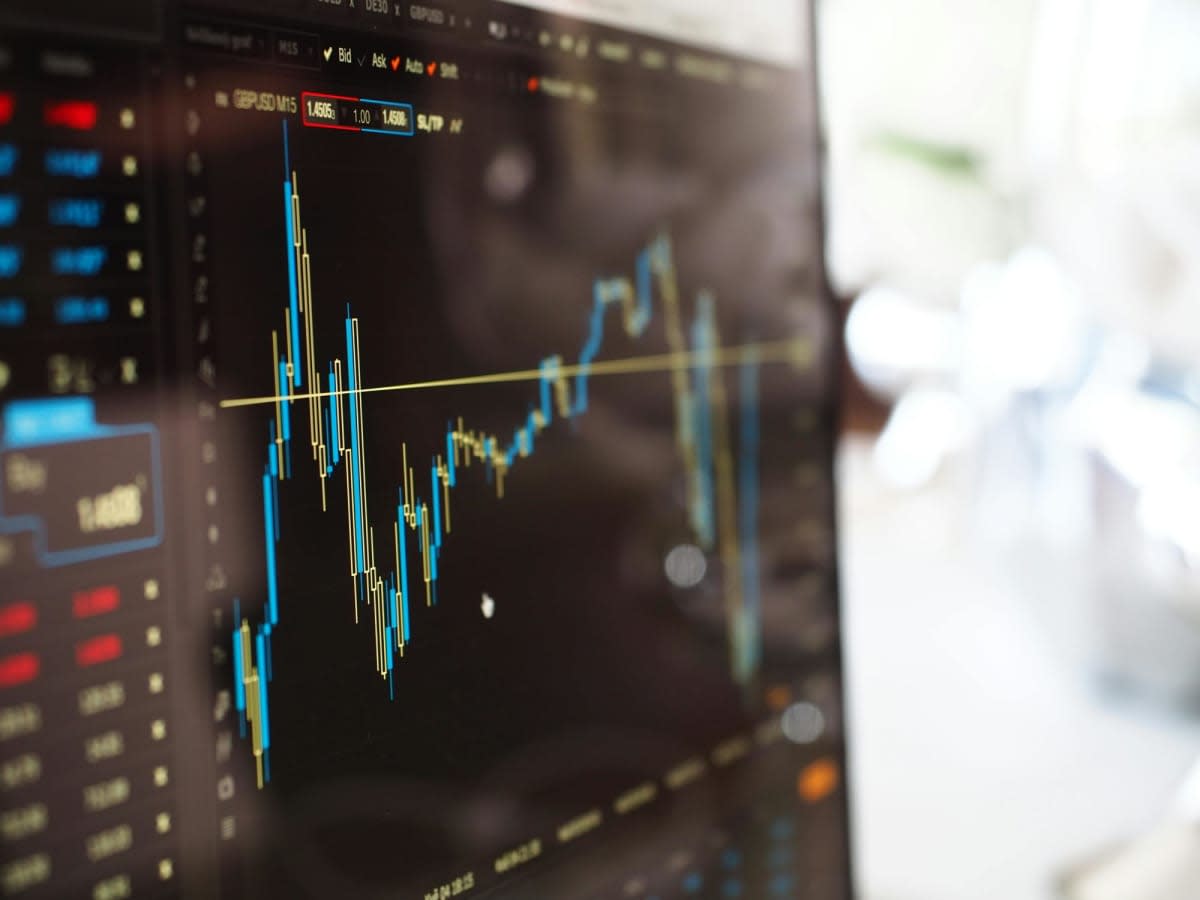Invest
Wave of ‘goodies’ expected as companies brace for tax changes
A wave of companies are expected to reconsider how they hand back money to their investors, in light of the opposition’s plans for the franking credits regime.
Wave of ‘goodies’ expected as companies brace for tax changes
A wave of companies are expected to reconsider how they hand back money to their investors, in light of the opposition’s plans for the franking credits regime.

Portfolio manager at AMP Capital, Dermot Ryan, explains why Labor’s proposed changes to the franking credits rules – scrapping the cash refunds on excess dividend imputation credits – will likely trigger a wave of off-market share buyback announcements:
Many of Australia’s biggest companies will report their half-year results during February and the combination of strong balance sheets and cash flows, late-cycle business strategies and the prospect of the Labor Party removing some franking credit benefits should they be elected, is expected to influence boards to hand back money to investors in a very tax-efficient way.
Sectors most likely to deliver the goodies
Mining, utilities, energy and consumer companies are most likely to announce buyback schemes or other shareholder returns, providing a bountiful one-off boost for many self-funded investors and retirees looking to replace their working income.

These sectors are in robust health from a cash flow and balance sheet perspective. Some have been bolstered by the sale of non-core assets. They have excess capital over and above what they need to invest in their businesses. Many companies from these sectors have paid large amounts of tax in Australia, generating precious franking credits for investors.
And significantly, boards are aware that the value of franking credits amassed on balance sheets may be at risk if Labor wins the upcoming election and their proposals make their way into the legislation.
Another factor affecting the mining sector is board and management appetite for maintaining current production levels at lower unit costs, rather than expanding production. It means the cash flows from current projects can be returned to shareholders rather than used to fund new projects.
What to do with all the cash
The question for boards is what to do with their excess cash and the franking credits. When companies find themselves with excess cash, they generally have three options:
1. Reinvest in the business
2. Make acquisitions
3. Return the money back to shareholders
In terms of returning money to shareholders, companies have a few options. They can increase interim and final dividends, pay a one-off special dividend, or launch a share buyback program. In an off-market buyback, the company offers to buy shares back from willing sellers at a discount to the trading price, plus pay a special dividend to make up the difference. These dividends come with franking credits which are attractive to many investors.
By contrast, in an on-market buyback, the company buys back its shares on a first-come, first-serve basis at the market price, without a special dividend.
Buying back stock is a normal capital management tool used by boards of companies, though it tends to be less prevalent in Australia. US companies, for example, buyback stock at about double the pace of their Australian counterparts.
Late last year, Australia’s two biggest miners, BHP and Rio Tinto, both launched huge multi-billion off-market share buybacks. For investors in the pension phase, paying zero per cent tax, the total value of the buyback was significantly over and above the market price. BHP was the best performing stock in the ASX 200 index before tax last year. Miners were a key overweight in our strategy last year and were a big winner on a pre-tax basis, but a bonanza when you add back those valuable franking credits for low-tax investors.
During this earnings season, firms with a large amount of franking credits and strong balance sheets could see it as prudent to return capital to shareholders, particularly given the uncertainty around tax policy.
Shareholders with lower marginal tax rates to benefit most
Buybacks are most attractive to shareholders on low marginal tax rates who can offset excess franking credits against other income or take the excess credits in cash. This is particularly attractive to retirees who pay no tax in the pension phase of their investing. As the tax rules stand, retired Australians get $1.43 for every $1 of fully franked company distributions.
Under the proposed Labor policy, individuals who invest directly or through a self-managed super fund will lose access to the cash payouts. Investors in pooled vehicles might not lose access.
The uncertainty around future tax rules alongside strong balance sheets is likely to convince company boards to use this window of opportunity and tax certainty to announce share buyback schemes and distribute excess franking credits. This should be a welcome boost for all retirees, no matter what happens after the coming election.
Read more of tax changes here.

Stock market
6K Additive secures A$48 million through initial public offering on the Australian Stock Exchange
6K Additive, a prominent player in the advanced metal powders and alloy additions market, has made a significant stride by successfully completing its Initial Public Offering (IPO) on the Australian ...Read more

Stock market
Institutional investors increase stock allocations to 18-year high amid cautious market shifts
In a recent development, State Street Markets unveiled the findings of its latest State Street Institutional Investor Indicators, revealing intriguing shifts in institutional investor behaviourRead more

Stock market
FOREX.com launches in Australia to empower self-directed traders
StoneX Group Inc. (NASDAQ: SNEX) has announced the Australian launch of FOREX.com, expanding access for self-directed traders to a global suite of Contracts for Difference (CFD) products across ...Read more

Stock market
Westpac and CMC Markets strengthen partnership to enhance online trading services
In a significant move that underscores the evolving landscape of online trading in Australia, CMC Markets Stockbroking has been chosen as the preferred vendor by Westpac Banking Corporation to extend ...Read more

Stock market
Portfolio reviews as an operating discipline: turning volatility into a competitive edge
In a higher-rate, higher-volatility world, portfolio reviews are no longer an annual hygiene task; they’re a core operating rhythm that protects cash flow, unlocks tax alpha, and sharpens risk ...Read more

Stock market
Fee war on the ASX: Global X’s A300 turns up the heat on core Aussie equity ETFs
Global X has lobbed a 0.04% management fee into Australia’s core equity sandbox, launching the Australia 300 ETF (A300) to take on entrenched giants. Read more

Stock market
Challenger IM shakes up the ASX with private credit note and a side of risk
Challenger Investment Management has taken private credit mainstream with an ASX-listed note structure—LiFTs—that secured roughly $100 million in cornerstone commitments within a day of launch. Read more

Stock market
International stocks: Diversifying your portfolio beyond Australia
In an increasingly globalized market, Australian investors have the opportunity to enhance their investment portfolio by incorporating international stocks. Diversifying your investments globally can ...Read more

Stock market
6K Additive secures A$48 million through initial public offering on the Australian Stock Exchange
6K Additive, a prominent player in the advanced metal powders and alloy additions market, has made a significant stride by successfully completing its Initial Public Offering (IPO) on the Australian ...Read more

Stock market
Institutional investors increase stock allocations to 18-year high amid cautious market shifts
In a recent development, State Street Markets unveiled the findings of its latest State Street Institutional Investor Indicators, revealing intriguing shifts in institutional investor behaviourRead more

Stock market
FOREX.com launches in Australia to empower self-directed traders
StoneX Group Inc. (NASDAQ: SNEX) has announced the Australian launch of FOREX.com, expanding access for self-directed traders to a global suite of Contracts for Difference (CFD) products across ...Read more

Stock market
Westpac and CMC Markets strengthen partnership to enhance online trading services
In a significant move that underscores the evolving landscape of online trading in Australia, CMC Markets Stockbroking has been chosen as the preferred vendor by Westpac Banking Corporation to extend ...Read more

Stock market
Portfolio reviews as an operating discipline: turning volatility into a competitive edge
In a higher-rate, higher-volatility world, portfolio reviews are no longer an annual hygiene task; they’re a core operating rhythm that protects cash flow, unlocks tax alpha, and sharpens risk ...Read more

Stock market
Fee war on the ASX: Global X’s A300 turns up the heat on core Aussie equity ETFs
Global X has lobbed a 0.04% management fee into Australia’s core equity sandbox, launching the Australia 300 ETF (A300) to take on entrenched giants. Read more

Stock market
Challenger IM shakes up the ASX with private credit note and a side of risk
Challenger Investment Management has taken private credit mainstream with an ASX-listed note structure—LiFTs—that secured roughly $100 million in cornerstone commitments within a day of launch. Read more

Stock market
International stocks: Diversifying your portfolio beyond Australia
In an increasingly globalized market, Australian investors have the opportunity to enhance their investment portfolio by incorporating international stocks. Diversifying your investments globally can ...Read more








